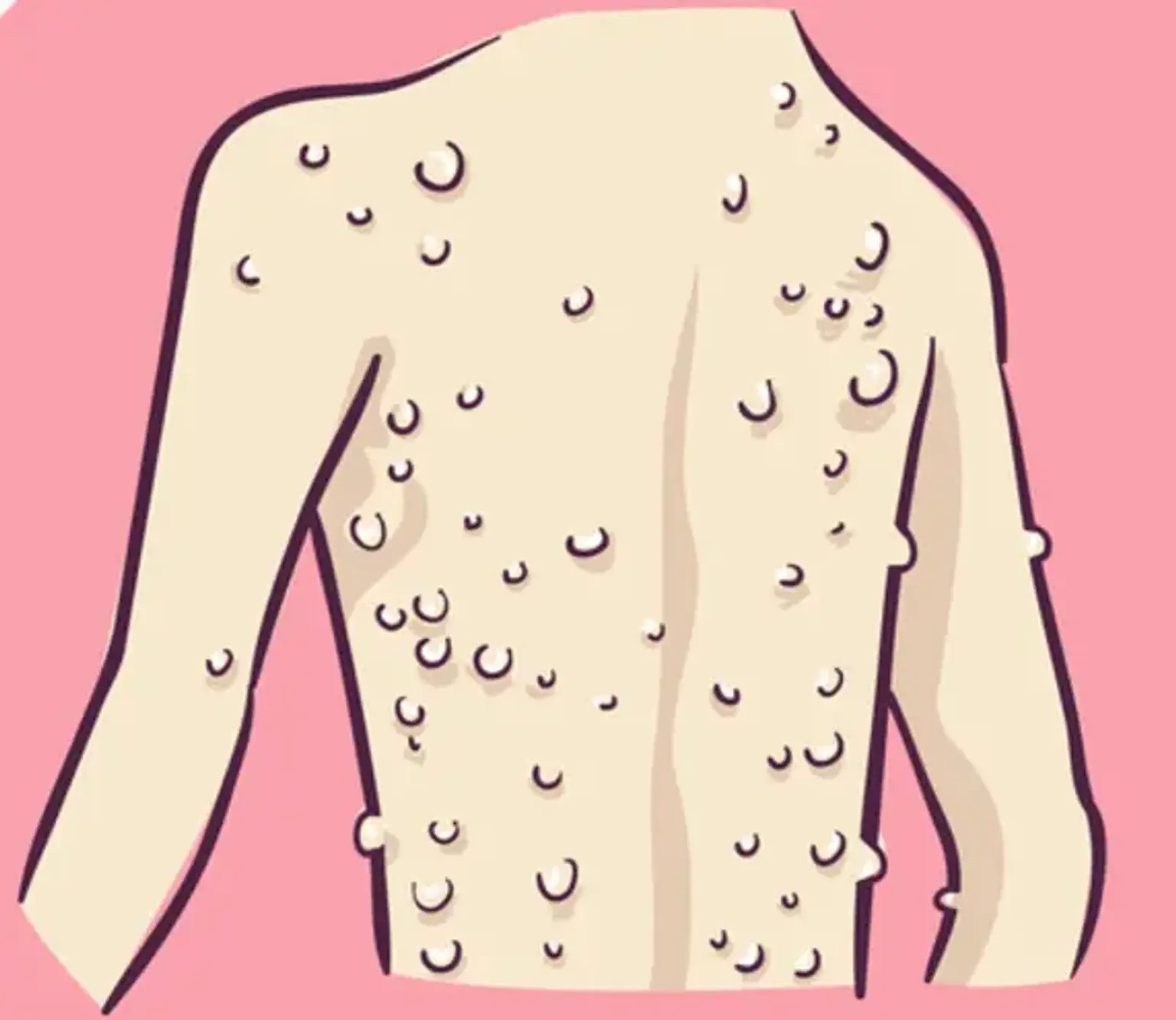Neurofibromatosis type 2 (NF2)
Overview
Neurofibromatosis type 2 (NF2) is a hereditary disorder in which tumors form along your nerves to cause either peripheral nerves tumors or brain tumors or both. The tumors are mostly non-cancerous (benign), although they can produce a variety of symptoms.
Almost everyone who has NF2 develops tumors along the nerves that control hearing and balance. Hearing loss that progressively worsens over time, ringing or buzzing in the ears (tinnitus), and balance issues – especially when moving in the dark or walking on uneven ground – are common symptoms.
Other tumors can develop inside the brain or spinal cord, or along the nerves leading to the arms and legs. This might result in symptoms such as arm and leg weakness and chronic headaches.
